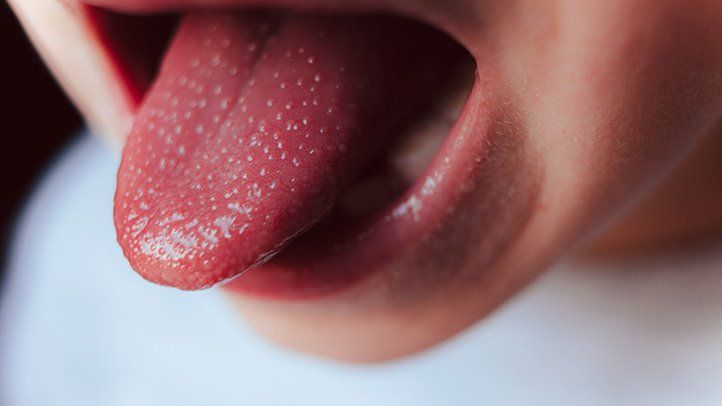
Kawasaki disease is one of the leading causes of heart failure for children under the age of five, and cases have risen dramatically over the past five years.
Earlier this month, social media influencer Mrs Hinch revealed that her three-year-old son Ronnie was hospitalised due to an unknown illness, which later turned out to be Kawasaki disease.
After spending a total of 10 days in the hospital, Mrs Hinch’s son was discharged from the hospital on Monday (19 June).
Latest figures from the NHS show the number of children being treated for Kawasaki disease in England and Wales has doubled, with 706 needing treatment.
The average over the previous five years was 336 needing treatment.
What is Kawasaki disease?
Also known as mucocutaneous lymph node syndrome, the condition can cause some of the blood vessels around the heart to be enlarged and, if not treated in time, can be fatal.
The rise in the number of cases of the disease has prompted a plea for more plasma donations to help young people recover from it.
Children are treated with immunoglobulin – a medicine made from donated plasma.
Without treatment, around 1 in 4 children with Kawasaki disease can develop heart complications, which can be fatal in about 2 to 3 per cent of cases, according to the NHS.
Who can get it?
It mainly affects children under the age of 5.
Around 8 in every 100,000 children develop Kawasaki disease in the UK each year and studies have shown it to be 1.5 times more common in boys than girls.
How to spot Kawasaki disease symptoms
A child with Kawasaki disease is likely to have a high temperature that lasts for five days or longer, and possibly one or more of the following symptoms:
- a rash
- swollen glands in the neck
- dry, red cracked lips
- a swollen, bumpy, red tongue (“strawberry tongue”)
- red inside the mouth and at the back of the throat
- swollen and red hands and feet
- red eyes

After a few weeks, and with the correct treatment, the symptoms become less severe, but it can take longer to treat in some children.
What to do if you think your child has it
If your child has a persistent high temperature and one or more symptoms of Kawasaki disease, see a GP urgently, or call 111 if you can not speak to a GP.
If your baby is less than a year old, you are advised to see a GP or call 111 straight away.
The symptoms of Kawasaki disease can be similar to those of other conditions that cause a fever in children.
Kawasaki disease can not be prevented but children can make a full recovery within 6 to 8 weeks if it is diagnosed and treated promptly.
It is not clear exactly what causes Kawasaki disease, but researchers believed the spike in cases could be due to children mixing again after the Covid-19 pandemic.







